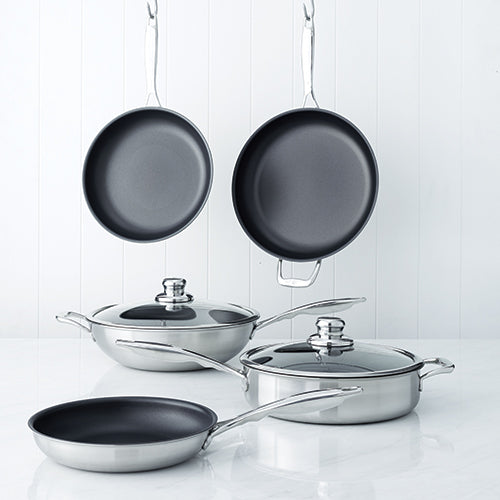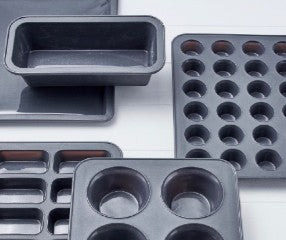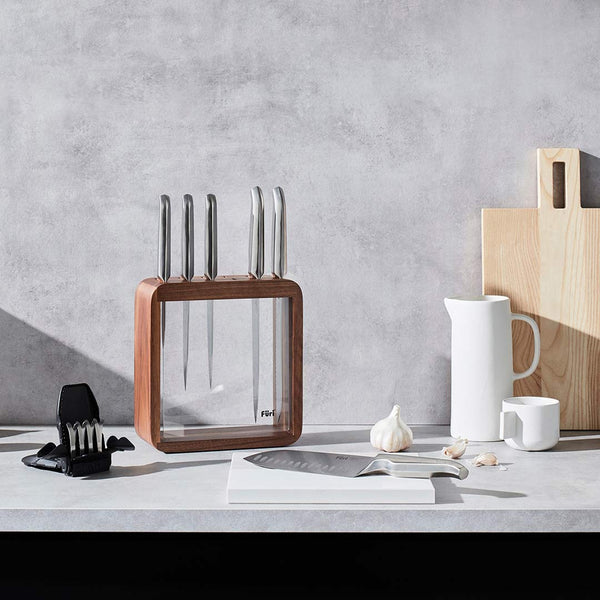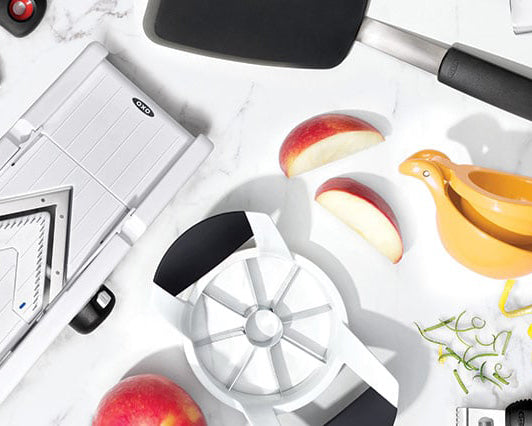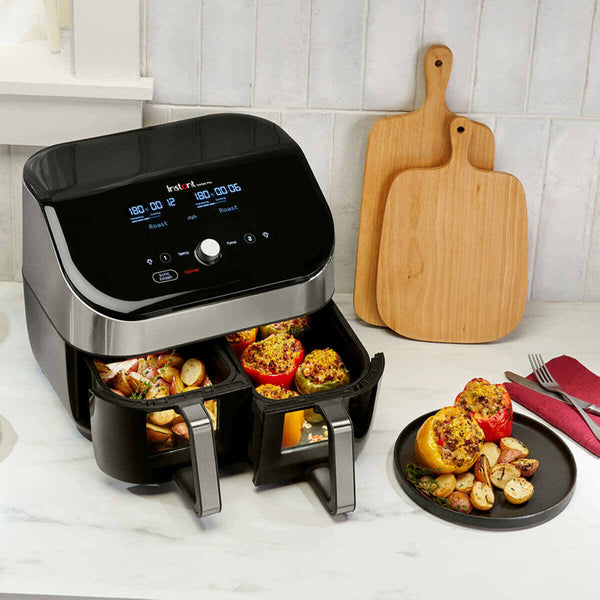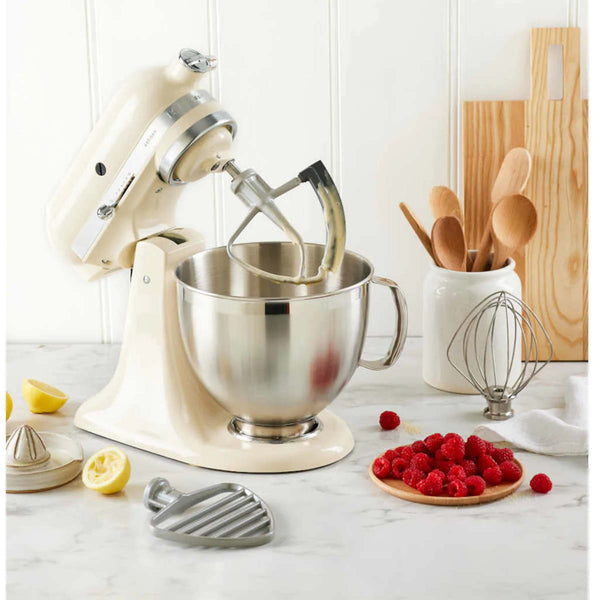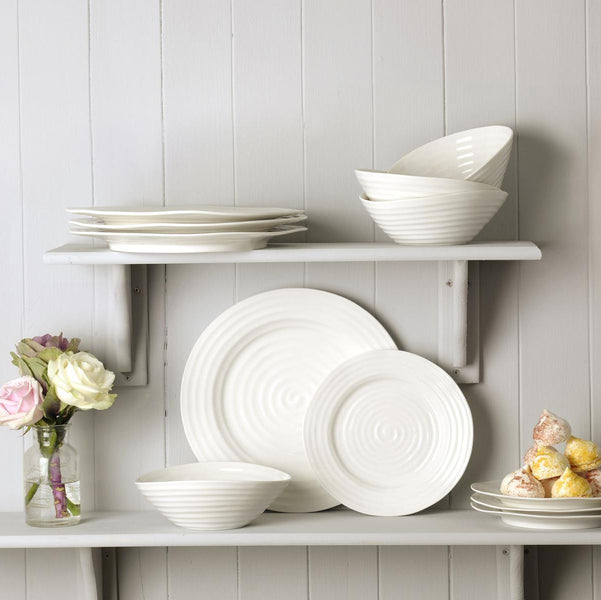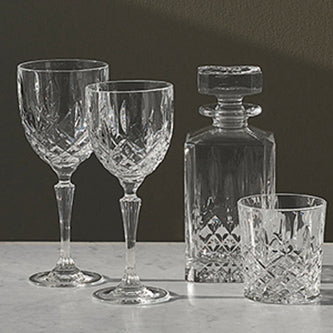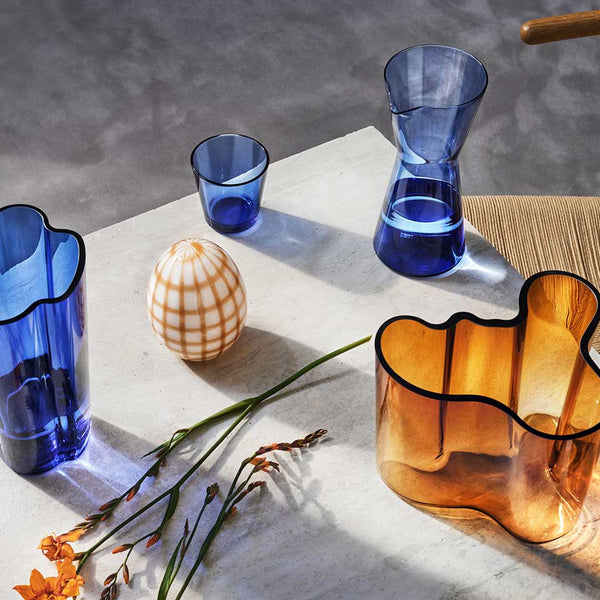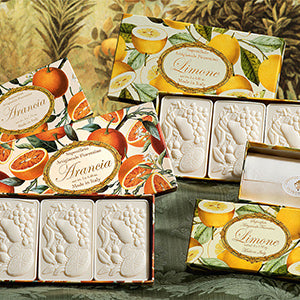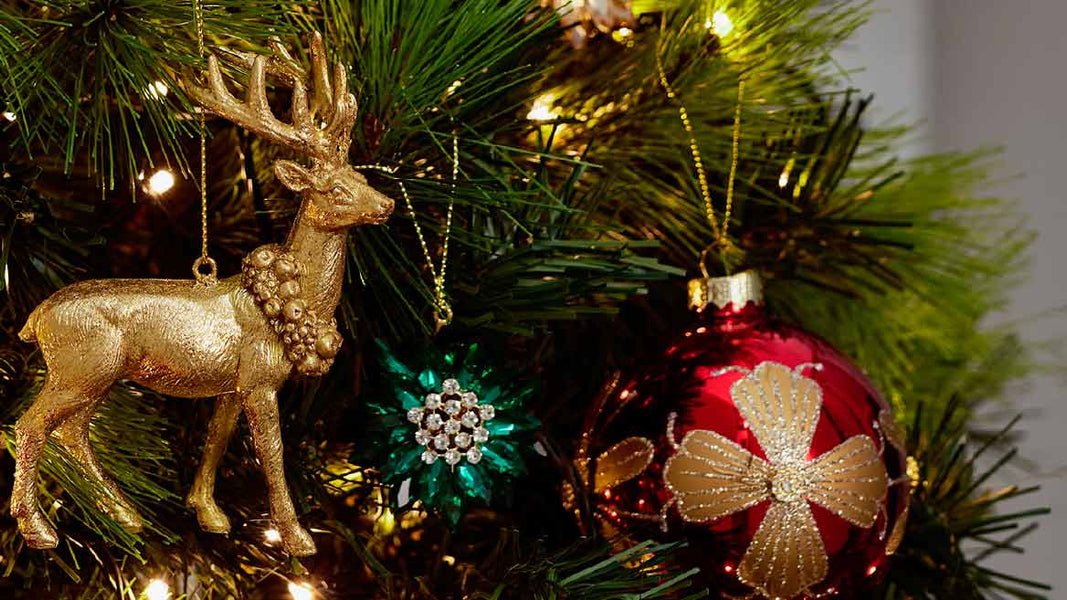
Everyone and we mean everyone, has a particular way they like their coffee. You only have to stand in a queue at a coffee shop to realise just how different each coffee order can be. Whether it’s one sugar or six, just before boiling point or covered in whipped cream, the world of coffee isn’t all black and flat white inside a brewhouse.
But what about at home? With so many ways to make a coffee yourself, it can be pretty problematic to decide the best method, particularly as the vast majority of us aren’t barista trained.
Your preferred method will ultimately come down to your personal taste. However, the amount of time you have to make it and your flair for the technique will also impact what coffee you gravitate towards.
Whether you need a quick brew in the morning before leaving for work or have a bit more time on your hands, or perhaps you'd like to 'craft' the perfect coffee. There's a brewing process just for you, no matter your coffee requirements.
Though coffee has been a mainstay in the cupboard since time immemorial, there's a massive trend towards gourmet-style coffee, with many local roasting houses now supplying fresh beans and ground coffee straight to your front door!
To get you up to speed, let's grind our way through the wide world of coffee making processes. From the humble jar of instant coffee to the elaborate sophistication of espresso, you’ll find the perfect cup of joe for you.
Instant coffee
The whole idea of instant coffee is based on convenience. The coffee comes in a jar, and all you need to do is just add hot water. While coffee snobs and aficionados may turn their noses up at instant coffee, there’s a time in place for a quick caffeine hit, even if it might not taste like 'real' coffee.
One alternative to instant coffee is the coffee back. Instead of dissolvable coffee, coffee bags use ground coffee. However, just like a cup of tea can become bitter, you need to watch your cup as it's easy to overdo the time the bag spends in boiling water, which should only be around 3-4 minutes.
Pour-over/drip coffee
Pour over coffee-making is one of the simplest, fastest and cheapest ways to brew coffee. The drip method of making coffee uses a coffee cone and paper filter. Hot water is poured over the coffee grounds in the filter. Slowly, the brewed coffee drips through the filter paper and into your cup. The result is a beautiful cup of coffee without too much in the way of equipment and messing around. And it only takes about 1-3 minutes to brew. Just make sure you always have a supply of filter papers on hand if you enjoy regular coffee breaks.
Espresso machine
They've become a staple in many homes these days. From the simple single or two cup machines through to mega machines that you would typically find in cafes, people have fallen in love with the notion of making coffee as a barista would.
The funny thing is, no matter how big and how expensive the machines are, they facilitate the same thing. They force hot water through coffee grounds under pressure resulting in a shot of coffee known as espresso.
Some machines are cheap, and some are expensive. Some devices have semi-automatic or automatic functions. Some have integrated coffee grinders. Some are free-standing, while others have to be plumbed in by a plumber. It all comes down to is budget. And, to a lesser extent, features.
It's one of those decisions that will take quite a bit of research. You'll need to work out what you want to make, how you want to make it and how much you want to spend. Whatever your choice, you can be pretty confident that if you love a milky cappuccino or latte or want that sharp hit of great coffee, pretty much no other coffee-making technique can replicate that perfect espresso shot.
Cold-brew coffee
Cold-brew is gaining popularity these days, but it's not a traditional hot cup of coffee. As its name suggests, it's brewed cold - but it's not an iced coffee.
Cold filtered water is dripped through fresh coffee grinds over a time - sometimes 10 hours or more in a glass brewing system that looks more like a water filter jug. That's pretty much it, really. Other fancy designs look like they came from a science lab. Costly, easy to break, and don't do much more than the domestic jug type systems. Avoid them.
Either way, what you end up with is a strong, intense, unique tasting coffee with a super smooth finish. What's more, there's no acidity or bitterness in the coffee. You can then pour your brew into jars and pop them in the fridge. The coffee will stay fresh for up to two weeks.
French Press or Plunger Coffee
Surprisingly, the plunger method of brewing coffee arguably extracts more flavour than just about every method of making coffee - it's also the easiest.
When you think about it, all you're doing is soaking coffee grinds in hot water then straining the resulting coffee through an integrated filter: no paper filters and no mess. The resulting coffee maintains its essential oils and antioxidants, leaving a much purer flavour to your coffee.
If you love the flavour and aroma of a complex tasting coffee experience, the plunger is the least expensive and easiest way to enjoy that morning pick-me-up. Start off the day on the right foot with a perfectly brewed cup of coffee from Bodum Brazil French Press White Plunger 8 Cup.
The Percolator
Now we’ve arrived at the main event. Though before we demonstrate how to use a coffee percolator, we’ve got to tell you all about this incredible style of coffee.
Although their fundamental function remains the same, there are two types of percolated coffee. One is created in an electric percolator, and the other is brewed in a stovetop percolator, sometimes called a Moka Pot.
One is also far superior to the other. Let's look at both and see if you can figure out which is best.
Electric Percolator
They've been around a long time, and they're the kind of coffee maker you'll find in cheap hotels and cafes, particularly in the US. An electric percolator essentially 'stews' the coffee.
It is the opinion of most coffee connoisseurs that electric percolators have absolutely no respect for the coffee bean. But if you’re a fan, be our guest.
Why do we have such a poor opinion of the electric percolator? After the coffee grind is put in, water is added, and it's turned on and left for 10 minutes. This process can produce a satisfactory coffee to rival your favourite coffee pod or instant mix when done correctly.
Unfortunately, if left alone, the resulting coffee brew is boiled repeatedly, leading to an over-extraction of the brewed coffee and quite often a brown, bitter-tasting sludge. Enough said. Avoid this by choosing a smaller electric percolator or the stovetop version for something much tastier.
Stovetop percolator - Moka Pot

Back in 1933, a clever Italian by the name of Alfonso Bialetti invented a brilliant stovetop style coffee maker that used steam pressure from boiled water in the lower section of the percolator to pass through coffee grounds in the mid chamber of the pot.
The resulting brewed coffee then sits in the higher chamber—no repeated boiling and over extraction of the coffee flavour.
If you're someone that loves that espresso shot of intense, rich coffee but doesn't want to spend a lot of money on an espresso machine, the Moka Pot is the next best thing. It's not quite the same as an espresso machine, but it does come close. And you'll brew beautifully tasting coffee every time.
Naturally, Minimax has a fabulous range of Bialetti Moka percolators. You'll find them and other coffee makers right here.
Your step by step guide to making the perfect percolator coffee
1. Prepare the percolator
If you’re starting with a brand new percolator from Minimax, you can skip this first bit. We’ll be using the Bialetti Moka 3 cup Aluminium Espresso Maker for this demonstration, but all stovetop percolators operate in a similar manner.
Before you begin, remove any leftover coffee grounds in your percolator, as these can affect the flavour of your next pot of coffee.
Next, add water to the percolator according to the manufacturer's instructions. Some percolators require unscrewing the top and bottom halves before adding water.
2. Add the coffee grounds
Add your favourite coffee grounds to the coffee basket.
A good rule of thumb is a tablespoon of grounds for a strong coffee and a teaspoon for a weak coffee. Of course, the amount of coffee you use will come down to personal taste, so it might take a couple of goes to get it perfect.
Double-check everything is screwed back together before we turn on the stovetop. You don’t want hot coffee going everywhere.
3. Heat & percolate
Place the percolator on the stove and heat it over medium heat. Lifting the lid occasionally, you'll see the coffee flowing into the top chamber. When the flow begins to bubble and the water clears, your coffee is ready. That should take around five minutes.
If you have an induction cooktop, the Bialetti Venus 6 Cup Stainless Steel Espresso Maker will compliment any kitchen decor and have you making the perfect cup of coffee every time.
4. Serving
Remove the percolator from the stove and pour directly into your favourite coffee cup or mug.
5. Clean up
Once your percolator has cooled down, unscrew the two halves and remove the coffee basket from the lower half. Dispose of the used coffee grounds and rinse everything thoroughly under clean water.
Good Coffee With Minimax
Nothing beats a cup of coffee in the morning, especially if you’re brewing the good stuff with high-quality kitchenware from some of Europe’s top-tier brands. Experience a new kind of pick-me-up with Tea and Coffee Making Accessories from Minimax. Find your new favourite mug, alongside exciting new ways to make coffee. Shop with us today!
